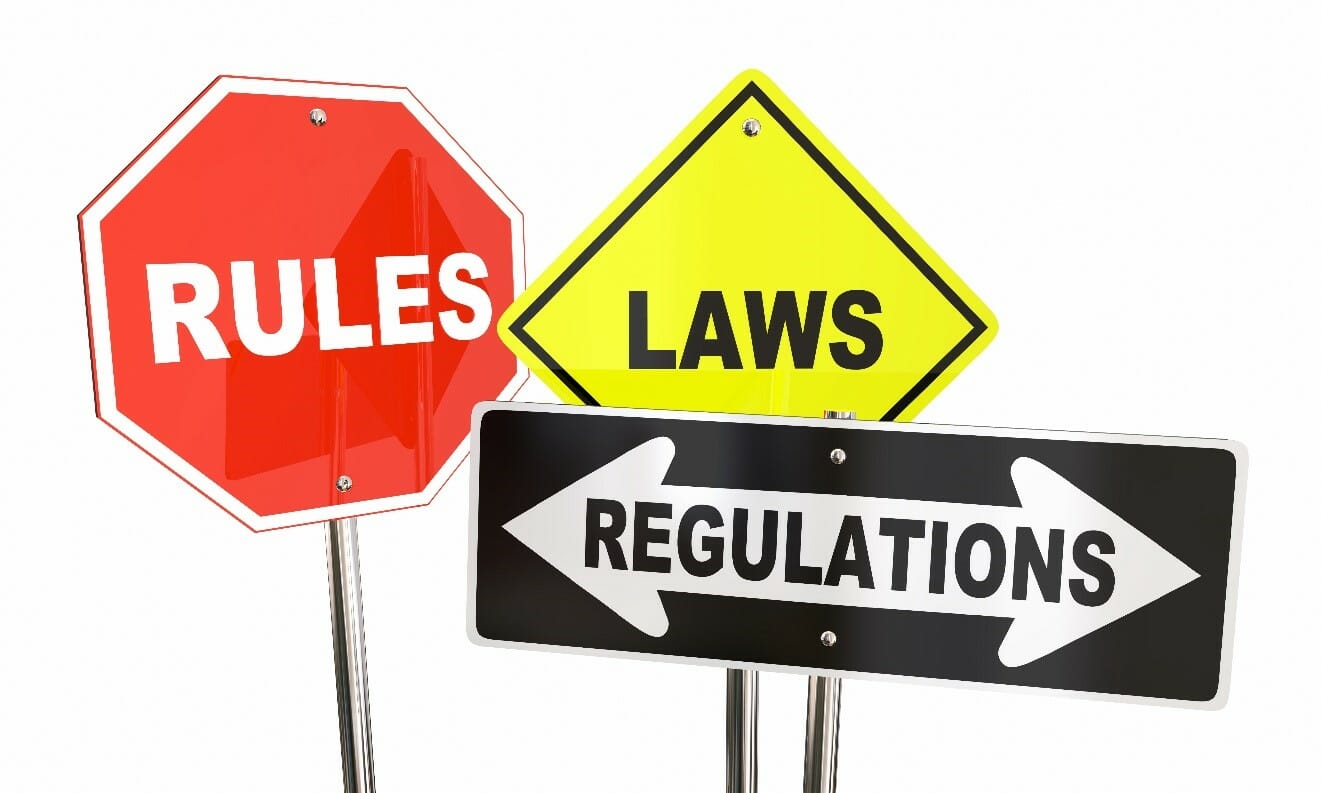Tax Planning and the General Anti-Avoidance Rule (“GAAR”)
Tax Planning in Canada

Canadian law has a long-standing and firmly held principle upholding an individuals right to tax planning. This is known as the Westminster Principle. This principle states that a taxpayer is entitled to arrange his affairs in such a way that results in the lowest amount of taxes payable. Otherwise known as tax planning, the Westminster Principle continues to be upheld in our judicial system. However, our right as Canadians to tax plan is not unfettered. The General Anti Avoidance Rules (GAAR) limits the tax planning abilities of Canadians.
What is the GAAR?
The GAAR are anti-avoidance provisions in the Income Tax Act that are intended to prevent taxpayers from structuring a transaction solely to achieve a tax benefit. The GAAR can invalidate a transaction if the Court decides the transaction or a series of transaction were made with the sole purpose of achieving a tax benefit. Consequently, the application of the GAAR by Canadian judges has led some taxpayers to question the extent to which tax minimization is possible. The Supreme Court of Canada has set out a three-part test to determine whether or not to apply the GAAR:
- Whether there is a tax benefit arising from a transaction;
- Whether the transaction is an avoidance transaction under subsection in the sense of not being “arranged primarily for bona fide purposes other than to obtain the tax benefit”; and
- Whether the avoidance transaction is abusive.
How to Prepare for the GAAR?
Although Canadian judges can use the GAAR to invalidate a transaction, as a taxpayer you should take comfort in knowing that nothing in contemporary tax law has overruled the principle that every person is entitled to order their affairs to minimize their tax liability. That said, you should implement the following four steps in you tax planning process to limit the possibility of a transaction triggering the application of the GAAR.
- A thorough review of the steps required for a transaction should be considered at the outset so that additional steps after the transaction are not needed to be taken, which may lead to scrutiny under the GAAR;
- It is advised that intermediate steps be avoided when trying to reach a desired tax result because these are the most common types of transactions that attract the attention of the CRA;
- The documentation of a transaction must emphasise both the tax and non-tax purpose of the transaction to ensure that the transaction does not appear so self-serving, which may also trigger the GAAR; and
- If you are still uncertain as to whether their tax planning will be perceived by the CRA as abusive tax avoidance, it may be appropriate to seek an advance tax ruling from CRA.
 Caution – Consult your Tax Advisor
Caution – Consult your Tax Advisor
As the scope of the GAAR is constantly evolving, consult your tax advisor or lawyer for the most recent interpretation of the GAAR and how these anti-avoidance rules may impact your tax planning.
FAQ:
-Julian Franch, Associate Lawyer
© Kalfa Law Firm 2020
The above provides information of a general nature only. This does not constitute legal advice. All transactions or circumstances vary, and specified legal advice is required to meet your particular needs. If you have a legal question you should consult with a lawyer.














